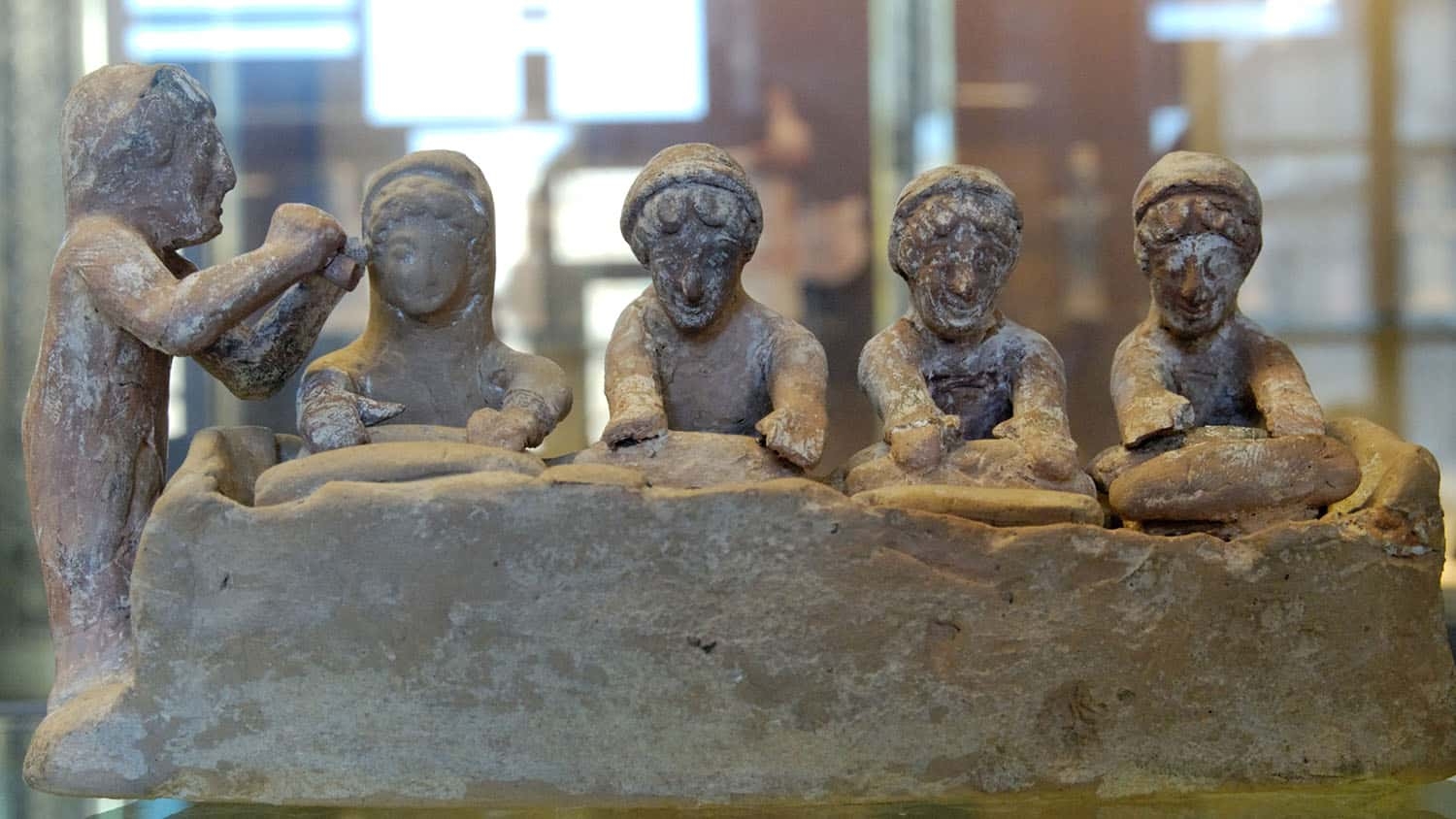Extralegal and English: the Robin Hood Legend and Increasing National Identity in the Middling Sorts of Late Medieval England
Black, Tiffany Elyse. “Extralegal and English: the Robin Hood Legend and Increasing National Identity in the Middling Sorts of Late Medieval England.” (Under the direction of Dr. Julie Mell.)
Evidence for the legendary hero Robin Hood exists from at least the thirteenth century in England; however, throughout the long fifteenth century, a great efflorescence of Robin Hood materials appears. Village games, plays, and written ballads became increasingly popular during this period and were some of the first secular writings to be published when the printing press arrived in England at the close of the fifteenth century. While there were many different Robin Hoods, a common theme did exist. The legend was inextricably linked to the English legal system and relied upon the pervasive nature of the law in late medieval English society for its popularity. Through examination of the early printed ballads and culture of the village plays and games, it can been seen that Robin Hood was a hero shaped for and by the propertied middling sorts through the lens of legality. As this group gained means following the collapse of the manor in the second half of the fourteenth century, they were able to begin to shape a new popular culture for themselves independent of aristocratic chivalric culture. This paper argues that the Robin Hood legend exemplified this new popular culture based in legality and created out of a growing need for some sort of English identity.
- Categories:


